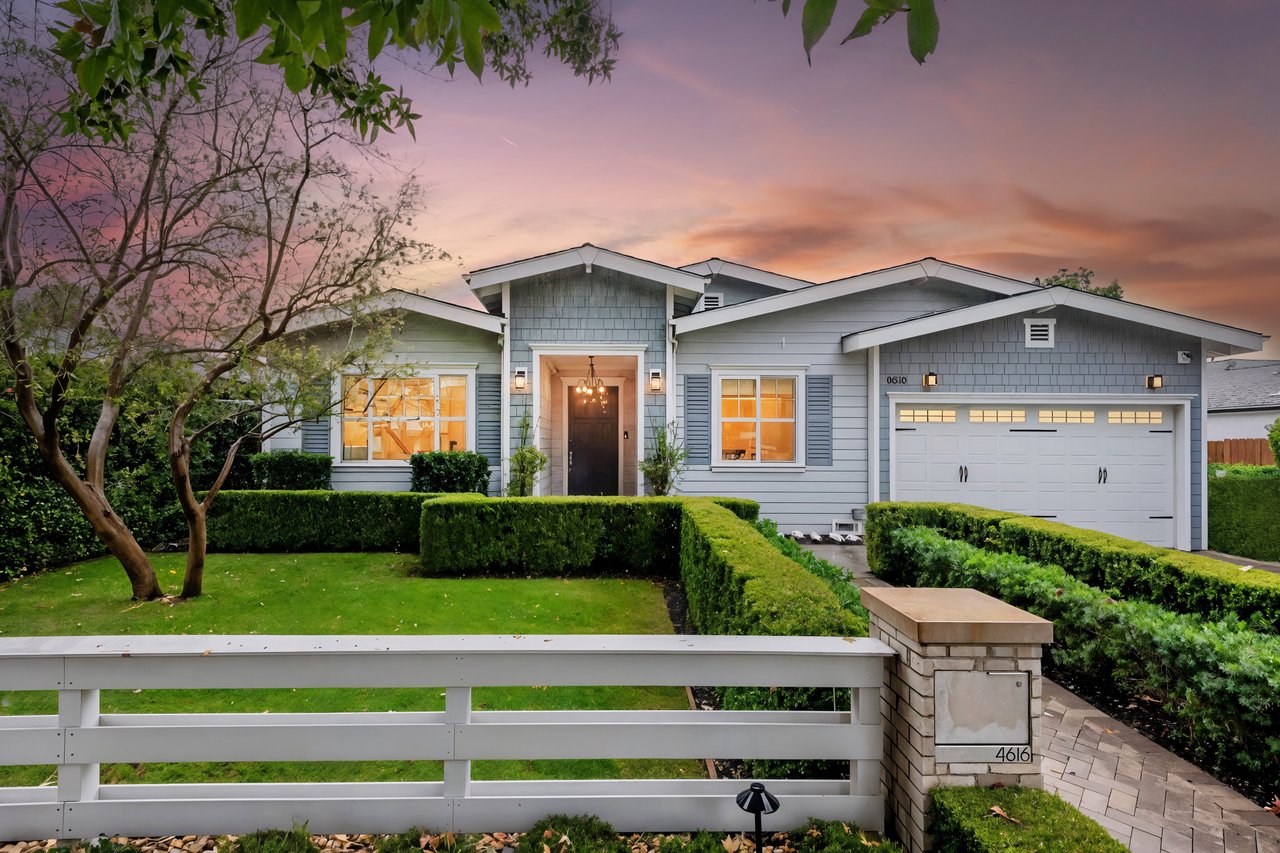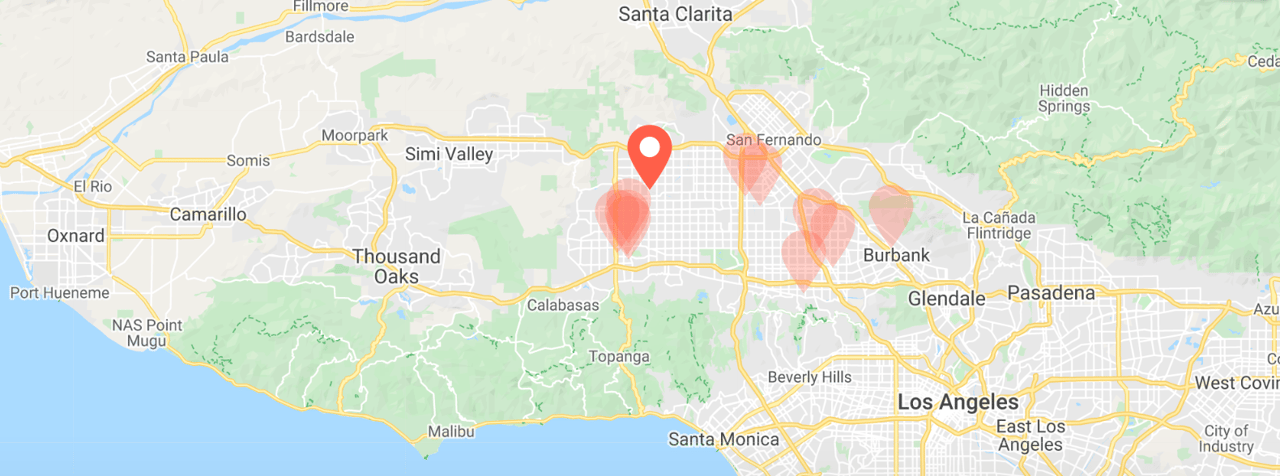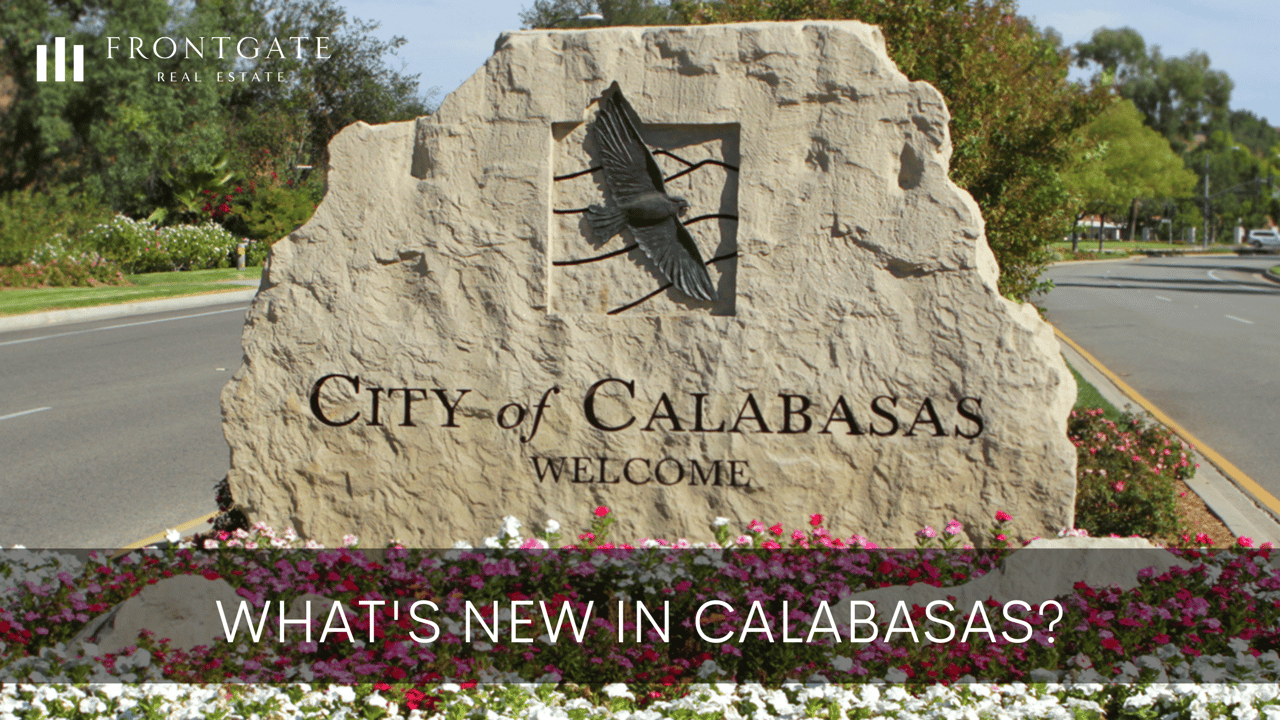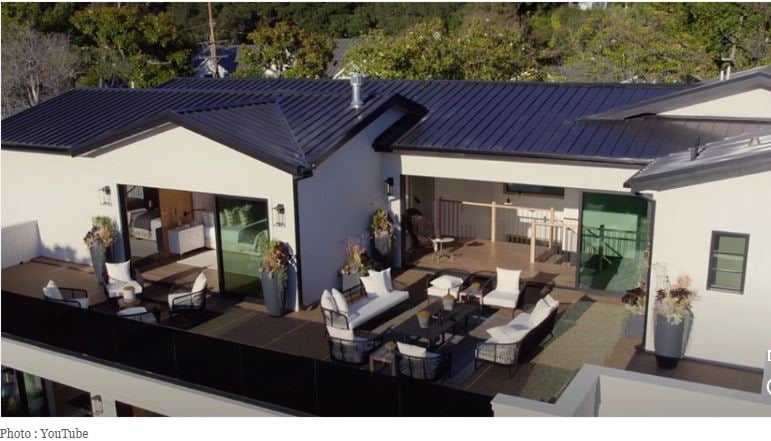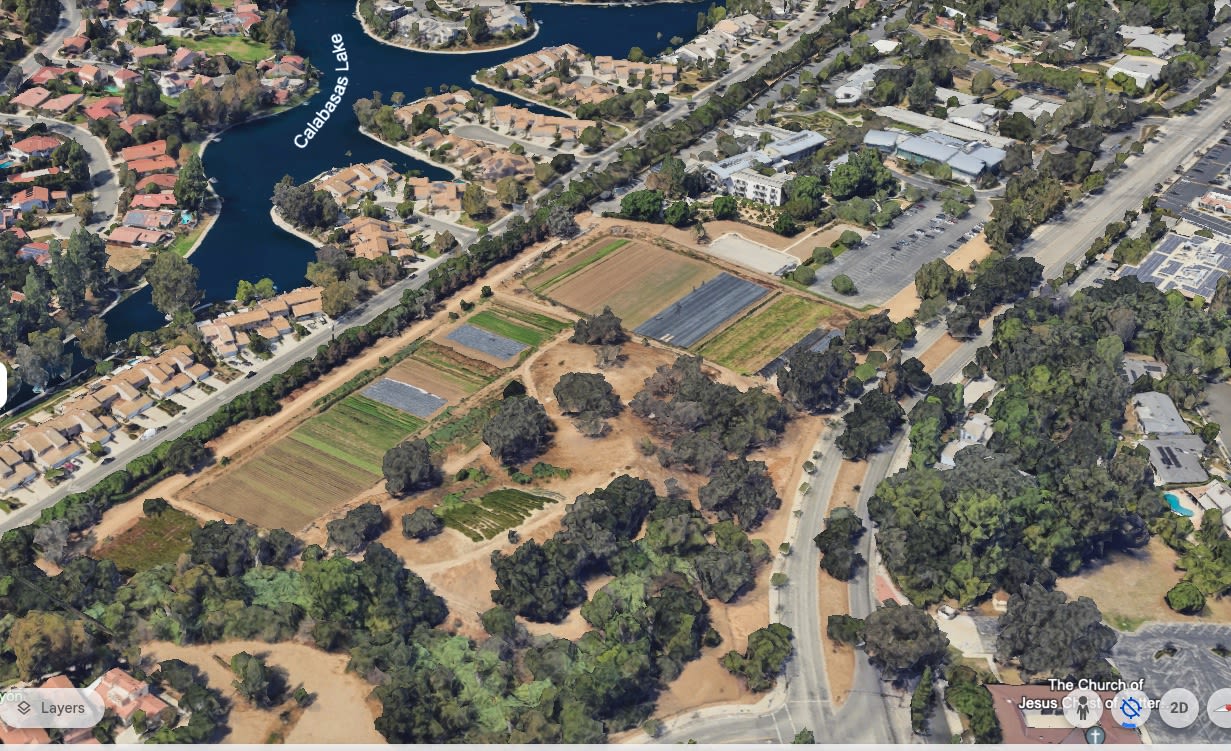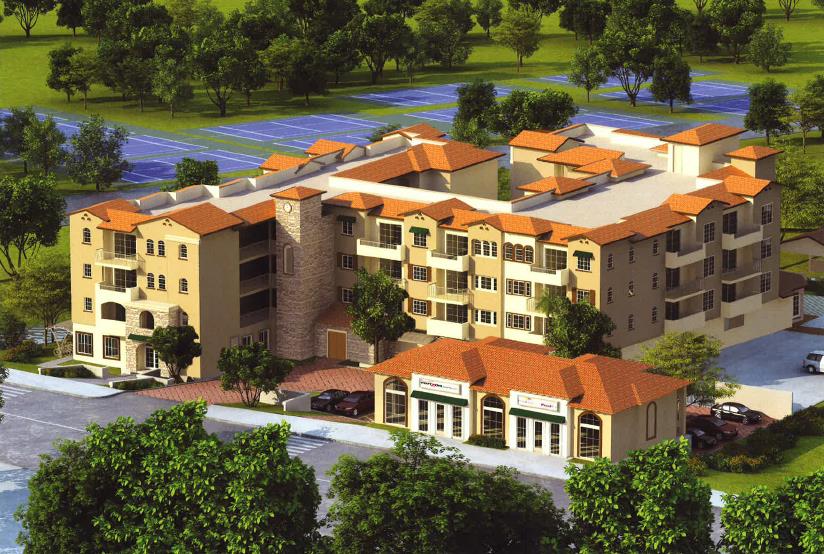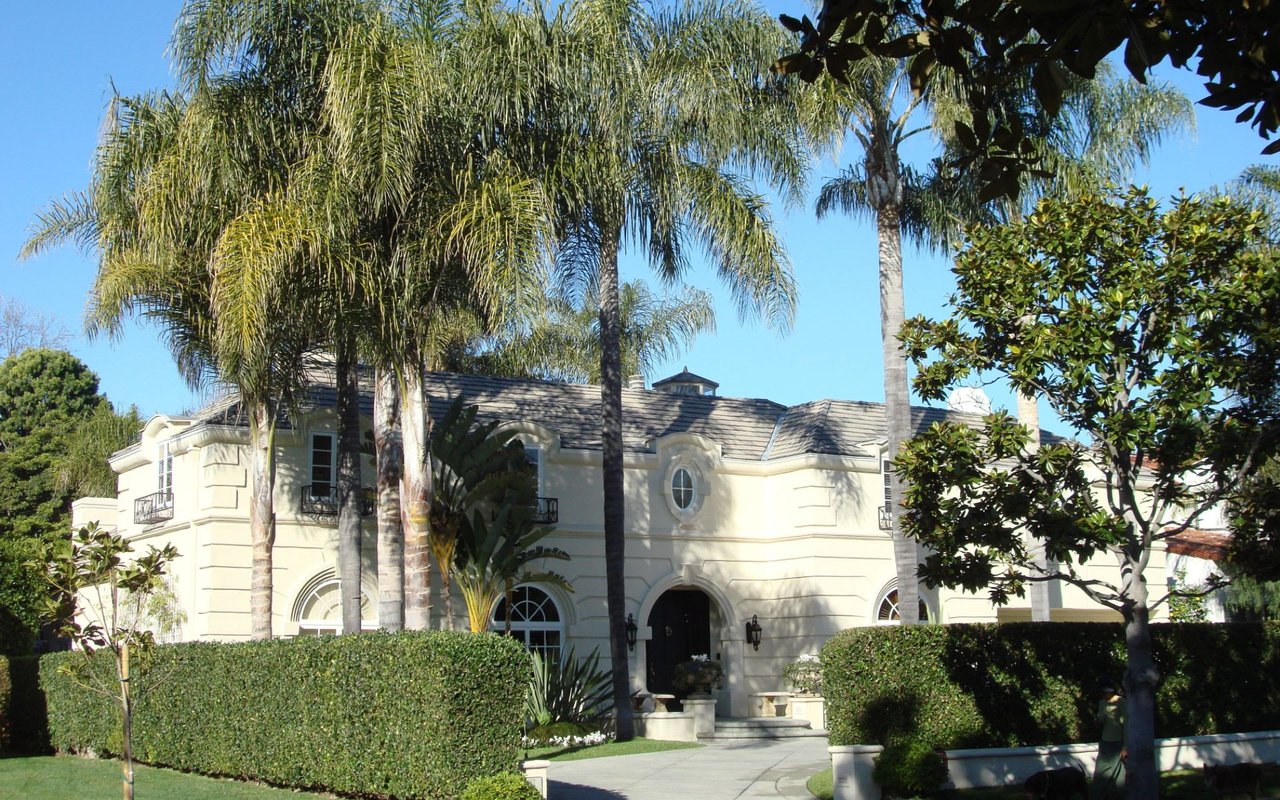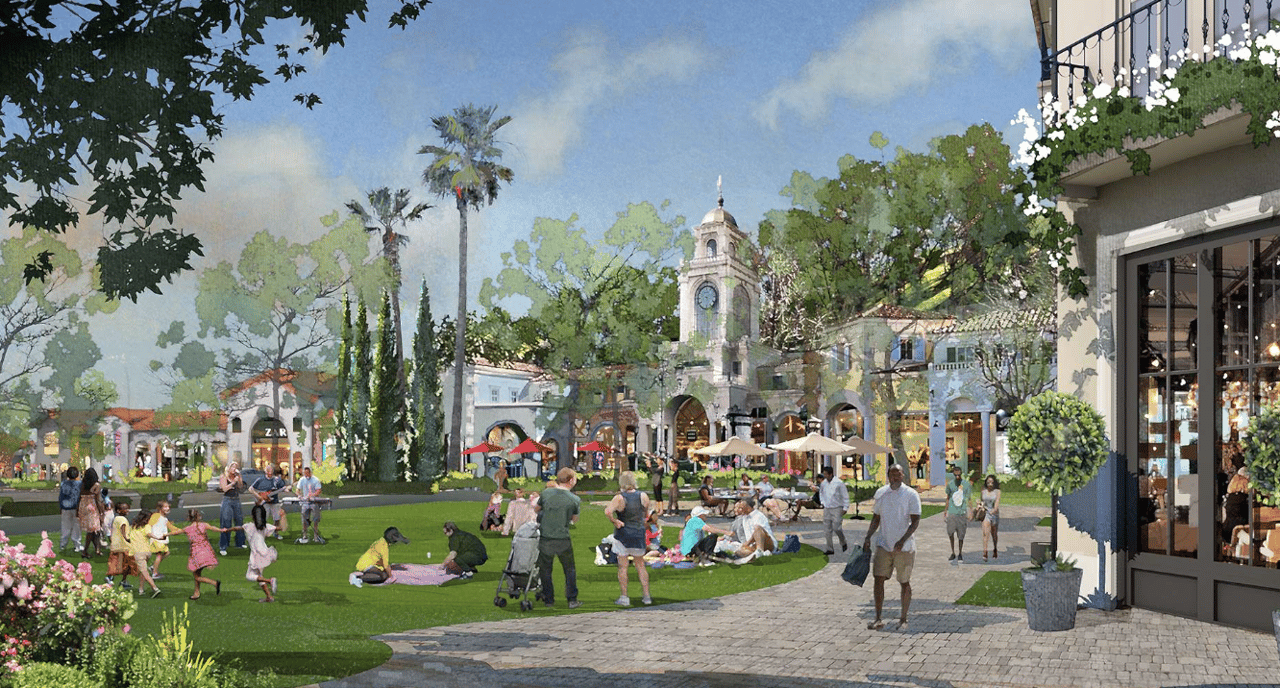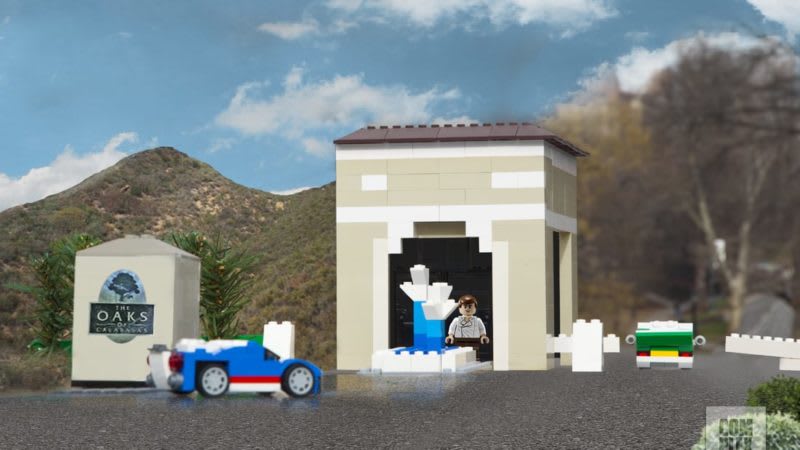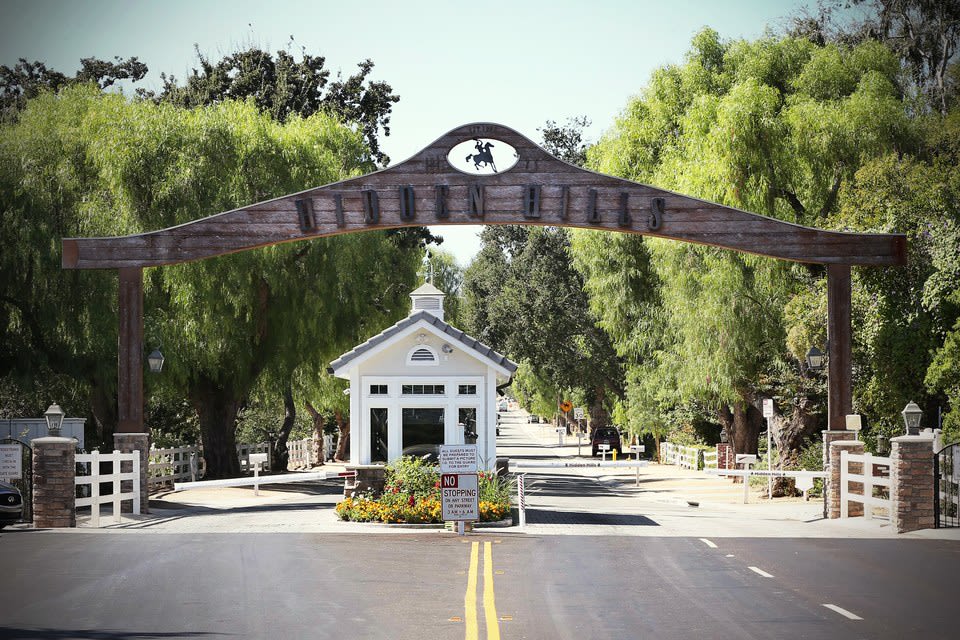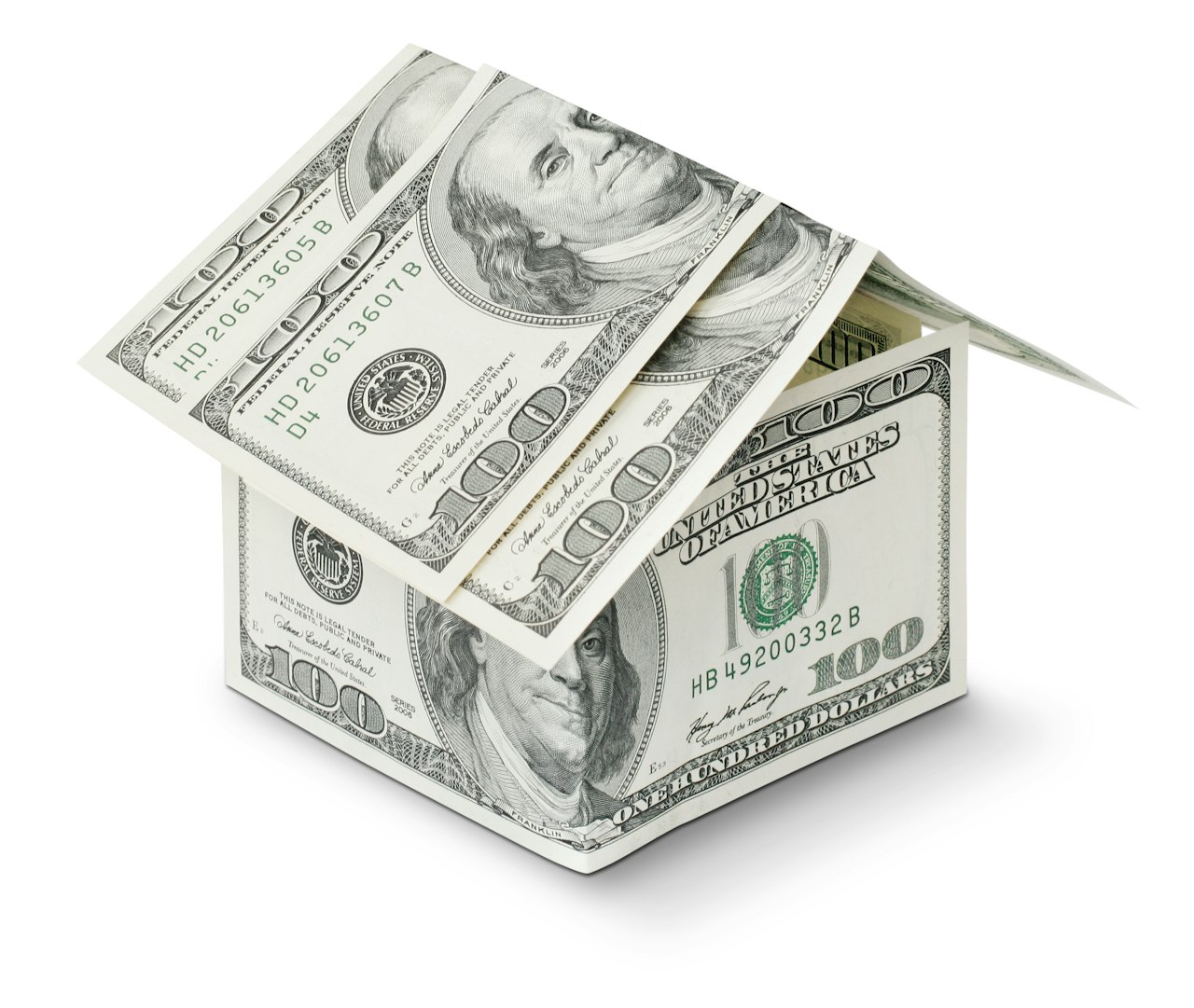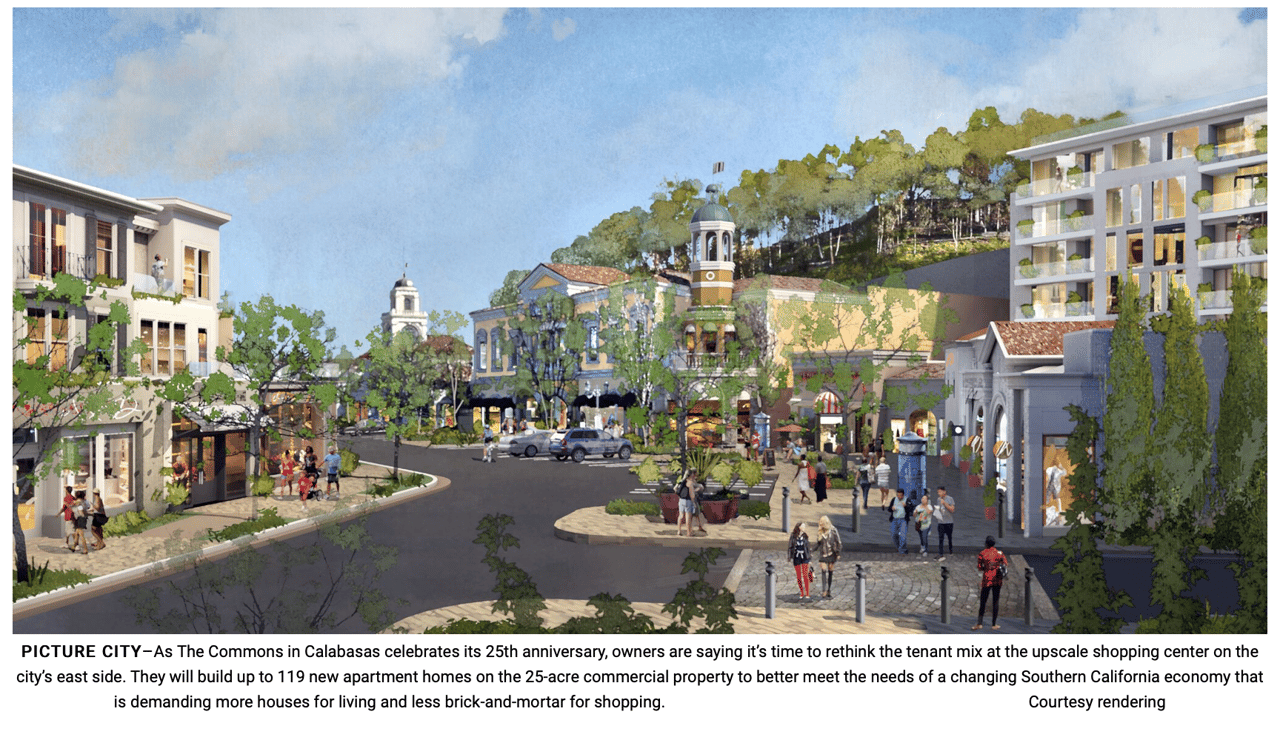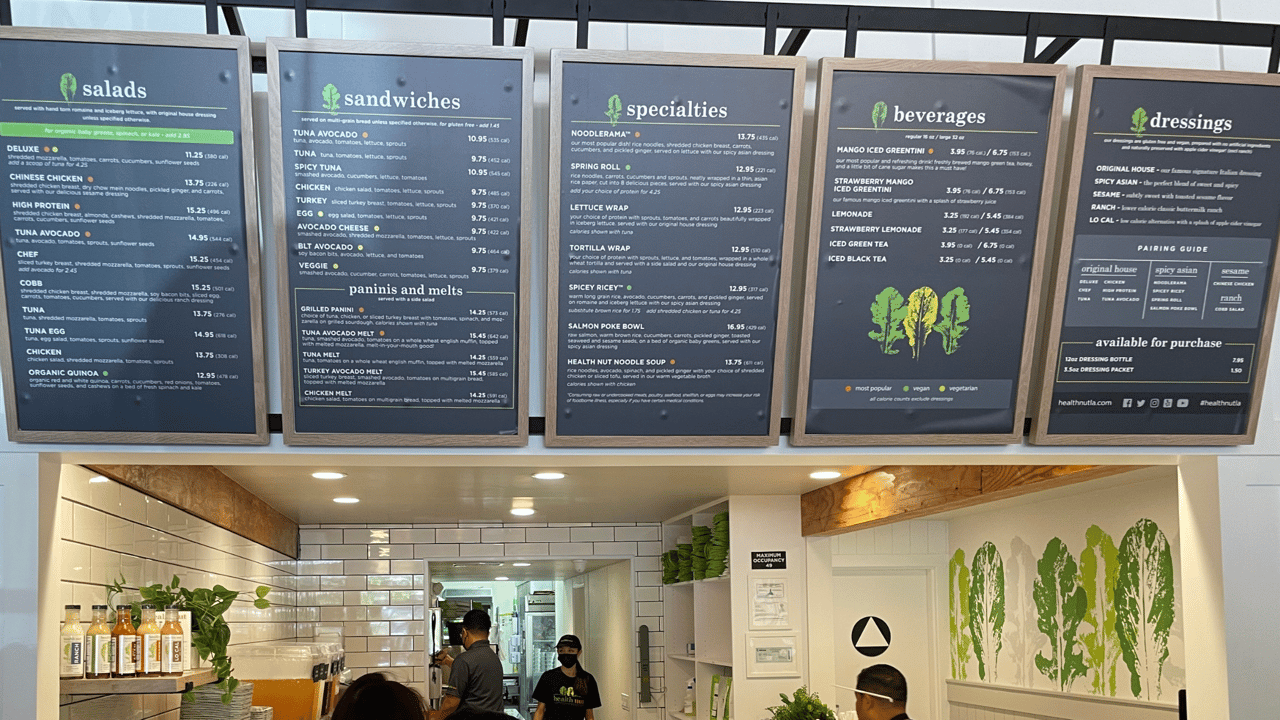California Housing Market Predictions for 2025: What Experts Are Saying
Let’s be honest—no one has a crystal ball when it comes to the housing market. Factors like insurability, the risk of wildfires, new mansion taxes, fluctuating inventory levels, and interest rates make predicting the future about as tricky as nailing Jello to a wall. However, experts have weighed in, and their forecasts paint a cautiously optimistic picture for 2025.
While the California housing market is influenced by a web of unpredictable factors, 2025 is shaping up to be a year of opportunities. Lower interest rates and increased inventory could make it a favorable time for buyers and sellers alike. The key is preparation: plan early, understand your financial picture, and work with experienced professionals who can guide you through the complexities.
Whether you’re buying your dream home or selling your current one, 2025 might just be your year to make a move.
If you’re wondering what’s ahead for California real estate, here’s a breakdown of the top predictions from industry insiders. Whether you’re planning to buy, sell, or just keep tabs on the market, these insights will help you prepare for what might lie ahead.
1. Home Sales Will See a 10.5% Boost ⬆️
The California Association of Realtors (C.A.R.) projects that approximately 304,400 homes will sell in 2025—up from 275,400 expected in 2024. This increase reflects a loosening market as interest rates dip and more inventory becomes available.
Tip: If you're thinking about buying, 2025 could offer more opportunities to find the right home, but competition will likely remain high in popular areas.
2. Median Prices to Rise Modestly ⬆️
Median home prices are forecast to grow by 4.6%—a smaller jump than in past years but still significant given ongoing inventory constraints. Sellers can look forward to a stronger return on investment.
Tip: Thinking of selling? Early 2025 might be the perfect time to list, before competition among sellers heats up.
3. Interest Rates Are Expected to Ease 🙏
Interest rates on 30-year fixed mortgages are projected to drop to 5.9%, down from 6.6% in 2024. Lower borrowing costs could bring more buyers into the market, reigniting activity after several slower years.
Quote: "Lower interest rates and more homes for sale could give you more options," notes Marco Santarelli, founder of Norada Real Estate Investments.
4. Insurability and Wildfire Risks Remain Hot Topics 🔥
In high-risk areas, wildfire insurance is not only harder to obtain but also prohibitively expensive, directly impacting home values and demand. A practical solution would be allowing these exorbitant premiums as a tax write-off, especially after the mortgage interest deduction was removed—a policy change that has already strained homeowners unnecessarily
Tip: Buyers should carefully evaluate a home’s insurability and potential risks before making an offer. Sellers in high-risk areas may need to adjust pricing to attract interest.
5. Mansion Tax Impacts Luxury Market aka "Robin Hood Tax" 👎
New taxes on luxury properties have created ripples, particularly in high-end markets like Los Angeles and the Bay Area. While some buyers and sellers are holding back, others are working to navigate the shifting landscape. The Mansion Tax was projected to generate $1 billion annually for Los Angeles but brought in only $40 million in its first quarter, highlighting its failure to curb the luxury market or deliver on its revenue promises.
Tip: If you’re in the luxury market, consult with a tax professional to understand how these changes could impact your bottom line.
6. More New Homes Are on the Horizon
Builders are stepping in to fill inventory gaps, with new homes now comprising roughly 30% of available properties. Builders are also offering attractive incentives like rate buy-downs to entice buyers.
Quote: "We’re planning on a strong spring selling season," says Doug Bauer, CEO of Tri Pointe Homes.
7. Affordability Challenges Persist 💵
Despite improving conditions, affordability will remain a significant hurdle, with only 16% of California households able to afford a median-priced home. Rising costs for property taxes, insurance, and climate adaptations add to the burden.
Stat: Annual homeownership costs for a typical single-family home rose by 26% from 2020 to 2024, according to Bankrate.
8. Regional Differences Are Emerging 📡
While inland areas in Southern and Central California are poised for growth, the Bay Area may see softer demand due to affordability pressures and weaker economic conditions.
Tip: For better long-term investment potential, focus on areas with strong job growth and infrastructure development.
9. Rents Are Rising, but Slowly 🏡
Median rents are expected to climb modestly by 1.8%, reaching $2,050. Multifamily apartments, however, could see flat or declining rents in early 2025 due to oversupply in some regions.
Tip: Renters who’ve been considering a switch to homeownership may find 2025 a good time to make the leap, thanks to lower mortgage rates.
10. Total Cost of Ownership Matters More Than Ever 💰
With rising costs for taxes, insurance, and maintenance, buyers must look beyond the purchase price to assess long-term affordability. HOA fees and special assessments in certain communities add another layer to consider.
Tip: Review the total costs of owning a property, including taxes and maintenance, before making a decision.







